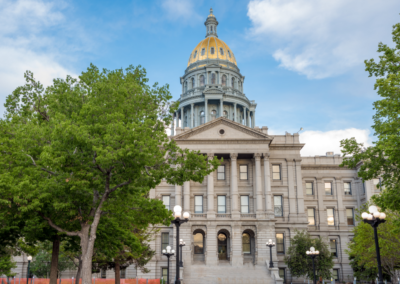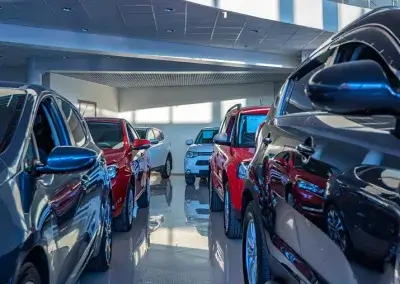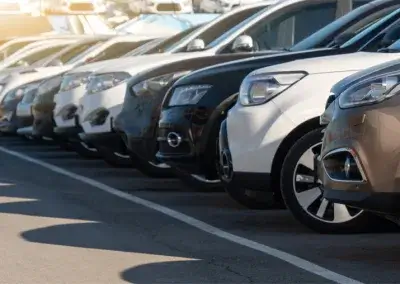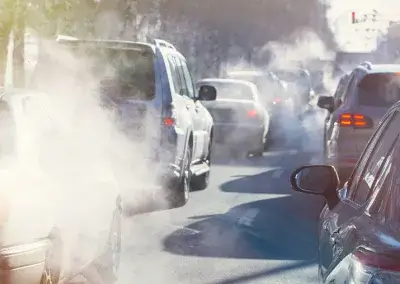Latest News from the Colorado Automobile Dealers Association
Stay informed on the latest updates, insights, and industry trends affecting the Colorado auto industry. Dive into our blog to stay ahead of the curve and make informed decisions that drive success in the ever-evolving automotive landscape.

Colorado Legislative Update: Key Developments for Auto Dealers

March 2024: Colorado Legislative Changes for Auto Dealers and Consumers

”Digical” Shopping: How to Navigate the New Hybrid Approach to Car Buying

New Vehicle Market Predicted to Trend Higher During Next Two Years

A Win for Auto Dealers: Tesla Lawsuit Dismissed by US District Court

Evolving Finance and Insurance Practices to Exceed Customer Expectations

Safety First: Password Management Best Practices for Dealerships

Updates to State and Federal EV Tax Credits

A New Era of Communication for CADA

